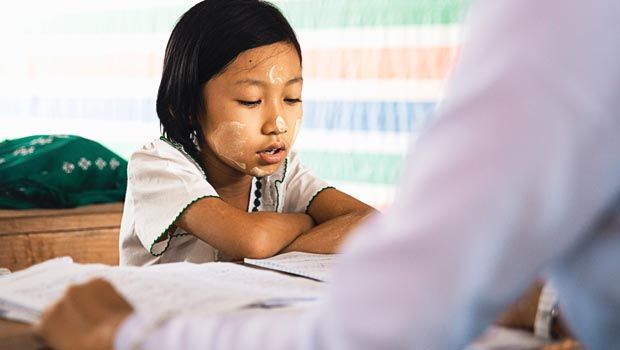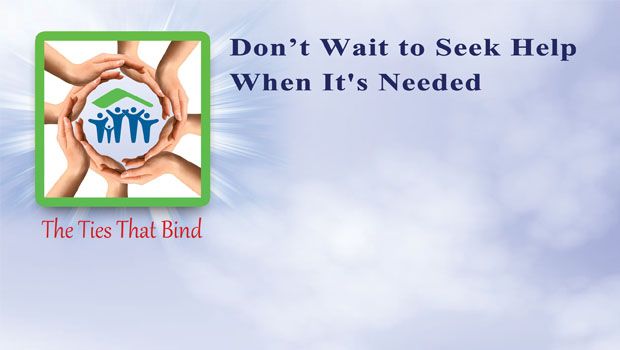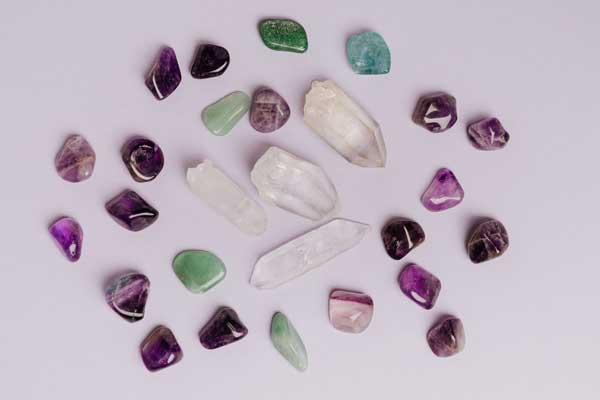Irfan Khurshid of Helping Hand was interviewed shortly after his arrival back to the States by Ayesha Ali on February 19, 2010.
A. Ali: What are some of the activities that Helping Hand is engaged in in Haiti to accommodate and assist the crisis situation?
I. Khurshid: Helping Hand arrived in Haiti just a few days after the earthquake occurred. We began first with providing immediate relief items such as water, food, and other basic necessities. There was no place in Haiti to purchase these items, so we had to obtain them from Santo Domingo in Dominican Republic. We also immediately began establishing medical clinics since we realized that after the urgent relief items, medical services were urgently needed. Many doctors came to help from different regions of the world including different parts of North America, the Middle East, and so on. Helping Hand also began providing free medicines to the people. We set up six rotational medical clinics at six different locations. The average number of patients we served at one location was about 200 per day. Therefore, we had seen approximately 6,000 patients overall while providing food for about 1,000 families. We also provided some tents and shelters to the people. We currently have an office and a base camp in Port Au Prince. We had doctors and support staff from both origins, locally and from the United States. We are a registered charity with the United Nations, so we were working in coalition with them as well as UNESCO and the World Health Organization.
A. Ali: Among the rescue teams and volunteer staff stationed in Haiti to help the crisis, how significant and prominent would you characterize the Islamic and Muslim relief agencies set up there?
I. Khurshid: We witnessed a big disaster where from a population of three million people, about 2 million were affected. More than 70% of homes and buildings in the area were destroyed. Even where the homes were not damaged, people were afraid to stay in them for fear they might collapse. So there were a lot of homeless people in immediate need of help. This raised the attention of relief agencies from all over the world. Everyone, including many Muslims, came out to be very effective and active in trying to help the situation and the people. There was a respectable amount of help by the Muslim people. Currently, less than 5,000 people in Haiti are Muslims, yet it was nonetheless a strong cause for the Muslim relief workers to come out to assist the human population regardless of their creed or origins.
A. Ali: What are some of the difficulties and challenges that these local Muslim communities currently face? Also, how was their presence a possible connecting link or contribution to Helping Hand’s rescue mission?
I. Khurshid: The local Muslims who were assisting us were also victims of the tragic earthquake at the same time. So that was their biggest limitation because almost everyone in the local communities that we worked with were affected somehow by the tragedy. Either they themselves were or they had a relative or other family member who was homeless, injured, or deceased from the incident. Hence, they were traumatized by the whole situation around them. The trauma shown on their faces, in their ability to focus on tasks that they were helping us with, or the inability to communicate without feeling distracted by their current situation. All of a sudden, they did not have a job or a home or even an idea of where to get food, so all of this was overwhelming them as they tried to offer local guidance. However, at the same time, they were also fruitful in helping us to station ourselves there and helping us to reach out to people, distribution, and logistics. We worked with at least five local masaajid in the area, including Masjids Tawhid, Fatiha, and Masjid Allahu Akbar. The masaajid were not damaged from the quake, so we were able to utilize them to set up at least five of our medical clinics on their compound. So they were essential as a source for us to get our base camp established in the area.
A. Ali: In a previous interview, you mentioned that Haiti’s case was more chaotic than even the Indonesian tsunami and Pakistani earthquake aftermath that you had witnessed. Can you please describe what elements you witnessed in Haiti that set it apart as the more chaotic tragedy than the others?
I. Khurshid: When we saw the extent of the damage in Haiti, it was the same or very close to what we had seen during the tsunami tragedy in Indonesia and the earthquake that occurred in Pakistan. However, in those incidents, the governments were intact and very responsive, and even the local governments were effective in controlling violence. But in Haiti, the government was not effective even before the earthquake had occurred. Additionally, the many of the government buildings were badly damaged either completely or partially when the quake hit and thus crippled and weakened the government even more seriously. Therefore, there was lots of violence and chaos among the communities, no infrastructure and little to no security options. The local companies offering security services were very costly and not reliable enough for us to depend on for our situation. A jail had been also damaged during the quake, and many of the criminals who survived were freed on to the streets as a result. I observed many instances of violence such as mobs hindering and attacking the trucks that were attempting to deliver the relief supplies. We decided to hire our own security so that we could function and also to ensure our medical and support staff were not in danger when trying to administer help to the victims. So, a combination of things resulted this to become a fairly dangerous and chaotic situation.
A. Ali: What is the current morale of the people in Haiti from the perspectives of sides: the rescue mission teams and the victims of the quake?
I. Khurshid: The situation is going through some phases. The extent of damage is so large that it will certainly take years before stability can be restored. What is happening currently is that after the initial trauma of the earthquake is lessening, people are beginning to see and realize the reality of their situations such as homelessness, lack of food, and the ability to find work to meet their needs. This is leading to desperation in the people that was not initially evident. Clean drinking water is difficult to obtain, sanitation is poor, and disease is potentially spreading. Plus, the rainy season is approaching, and there are many shelters needed to protect these people from the weather. However, at the same time, as relief agencies are more established in the region, their efforts are becoming stronger and more effective. At the same time, the government is regaining itself and beginning to take charge of some areas of the situation now. With all of this new coordination, the situation is starting to improve slowly and gradually.
A. Ali: How do you find relief and maintain emotional stability as you and your team work tirelessly through such a devastating and tragic environment?
I. Khurshid: It was one of the worst experiences for me because of the extent of destruction and chaos that I witnessed. The language was a barrier because it was difficult to find out who was able to communicate with us. All around us, we observed people who were either sick or hungry, or we saw dead bodies lying all around us on the streets. Every day was a difficult one for us. We needed to rotate our relief staff so that after two or three weeks they were able to get a break, because the trauma around them could begin to build on a person’s emotional stability and cause strain. But, at the end of the day, we knew that we had to do what we had to do. That understanding was enough for us to get through the day and accomplish what we needed to for the people.
A. Ali: If you could communicate to the world, including the Muslim communities, what would you place as the direst need of the Haitian people, and what would be the most urgent type of help requested at this time to stabilize and help the recovery process?
I. Khurshid: There are a few things that I would focus on in terms of what we urgently need to get out to the victims as quickly as we can. The first is shelter. The tents that are currently set up are only temporary and cannot serve sufficiently in the long run as proper shelters. The second item is medical help, which is very crucial. Without this, the society can crumble when you have so many that are possibly diseased and injured. The third critical item that is needed is drinking water which is certainly vital for the immediate health of the people. The fourth item is sanitization. We need to be able to curb the possible spread of disease. For the first two items, Helping Hand’s efforts are already underway and active. We are starting to build shelter villages with 100 homes per village. Each shelter is about 10×10 in size and costs about $900 to build. This basically leads to two additional items needed to accomplish this, which would be manpower and monetary assistance. These things together can help us to reach the goal of bringing some stability back to the area where so many people are currently suffering.






